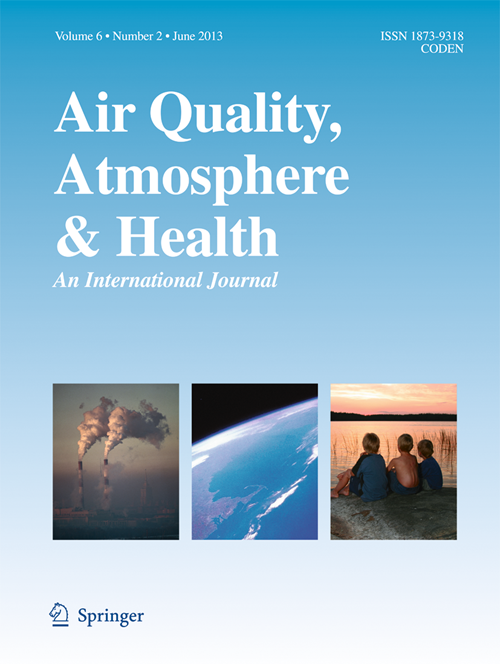Study on the method of reconstructing the vertical plane distribution of SO2 using IDOAS
Abstract
This paper presents a method that combines Imaging Differential Optical Absorption Spectroscopy (IDOAS) with Computed Tomography (CT) technique to reconstruct the spatial distribution of SO2 in the vertical plane. A cubic quartz glass container with a side length of 450 mm was used, and SO2 gas was injected into the container from a steel cylinder. Two IDOASs were used to collect spectral data on the vertical plane. The Differential Optical Absorption Spectroscopy (DOAS) algorithm was employed to retrieve the slant column densities (SCDs). The gas distribution in the gas container was estimated with the help of linear fitting. It was found that the experimental SCDs were in good agreement with the theoretical analysis. Based on the sparse gradient of the gas distribution in the gas container and the non-negative of the gas concentration, a CT algorithm called ABOCS-TVM with total variational (TV) regularization was introduced. Numerical simulations show that if the gas in the container is uniform, the algorithm works well even under the influence of perturbations, and the artifacts in the reconstructed images are suppressed. The experiment showed that the algorithm is able to accurately locate the SO2 gas and provide an approximate distribution. In particular, the reconstructed peak molecular number density is approximately 11% higher than the theoretical value. Research has demonstrated the feasibility of utilizing IDOAS-based CT reconstruction technology to reconstruct the spatial distribution of SO2 in a vertical plane. This technology allows precise localization of the spatial position of SO2 and quantitative analysis of its distribution.



 求助内容:
求助内容: 应助结果提醒方式:
应助结果提醒方式:


